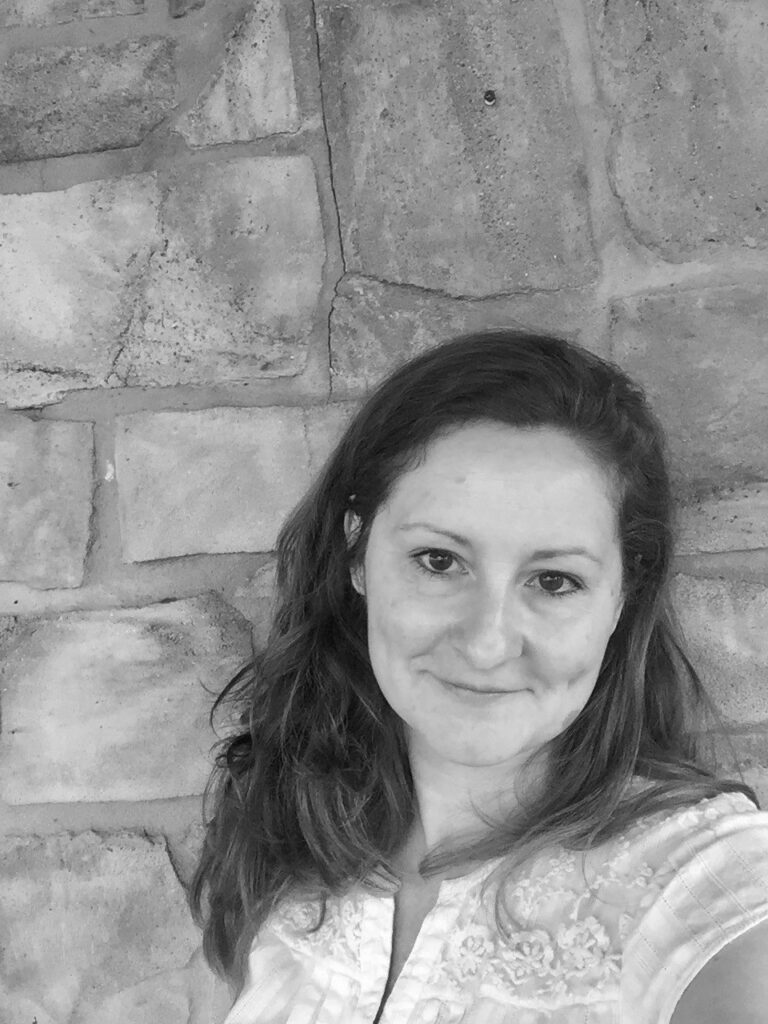
By BrandY Renee McCann
I have a math lesson. Wait—bear with me, please!
In an introductory statistics class in graduate school (also taught in 4th grade math in the state of Virginia), one of the first principles we learned is that two unrelated things can be correlated, or seem to have a relationship with one another, just by chance. For instance, if you talked to thousands of people and asked them thousands of questions, you might find that those who have a high IQ also may be more likely to wear red bloomers. Do these two things have a real relationship? That is one of the most basic purposes of statistics: to determine the likelihood that two things are related by accident, or whether they have some sort of real connection (i.e., one caused the other, or a third thing caused both, and so on).
And now it’s story time.
Once upon a time ago, I was a shop girl. I worked a few part-time retail jobs to make ends meet, but my most regular gig was as a check-out clerk at the Sav-A-Lot grocery store near my apartment. Sav-A-Lot was one of those regional chains that sells mostly off-brand goods and where customers bagged their own groceries long before self-checkouts were a thing—kind of like Aldi, but without the European sheen.
It often happened that people who came to the Sav-A-Lot called me Leslie. “How you doing today, Leslie?” they’d call and wave as they entered the automatic doors. “Can you help me get this box of tin cans out of the buggy, Leslie?” an older lady might have asked. “Oh, well, you’re not Leslie. I thought you was Leslie. You all look so much alike.”
At the other grocery store in town—the one where the well-to-do shopped for name brand products and tipped the carry-out guys—worked a young woman named Leslie. Although it was easy enough to tell us apart once you made eye contact, the similarities in our build, our profile, and our hair was striking. I had a doppelganger, or something very near. What were the chances that we would be living in the same small town?
I often wondered what her life was like. Did we also have a doppelganger background? I asked around and decided that, no, our similarities ended at tips of our wavy blond hair. She seemed to be on a straightforward trajectory, whereas my path meandered and took sudden, sharp turns, and then spiraled back in on itself.
But there is such a thing as doppelganger stories, as I have learned in my social science world where I have interviewed hundreds of people over the years. It happens every so often that two people will have remarkably similar stories. In recent years I have been interviewing people who care for a family member with dementia. Someone will begin describing their background, and then current living arrangements, and I will be struck with déjà vu. Later, I’ll look up an earlier case to compare notes. It’s a multi year study and we want to make sure that we don’t enroll different members of the same family by accident. But the names and the town will be different enough for me to know that, although very similar, I’m dealing with two different cases.
And now a writing lesson.
I want to tell my story, but I don’t want to upset anyone in the process. I’m reconciling myself to the reality that it will be impossible to avoid some degree of family censure. Our stories are often claimed by others, often claimed by close others. Those close others may not love the fact that we publicly share our truths; they may have an entirely different narrative about the same events and people. Writers wonder, should we soften the blow by changing names and other identifying details so that someone’s feelings don’t get hurt? Or so that our published work isn’t so easy to happen upon while scrolling through the internet?
I have no easy answers about whether or how writers should share their stories knowing it will not be well-received by family; but I do lean towards writing speculative memoir, fictionalizing elements of the story, or even using a pen name. Playing with fairy tale elements, in one essay I’m crafting, I’ve changed a whirlwind relationship that had a traumatic ending into a seduction by a dragon. The woman rescues herself, but not without getting burned. And while some authors have made compelling cases for not changing names and identifying details, with what I’ve learned from doppelganger stories, in most cases it doesn’t hurt. Changing the names or fictionalizing the location doesn’t compromise the emotional power of the story for the reader. In fact, chances are, just by cosmic accident, somewhere on the face of this earth that is filled with over 8 billion people, someone with perhaps a very different name and a slightly different family configuration has a story that is eerily similar to your own.
Unless you’re Aron Ralston: you know, that guy who sawed off his own arm after getting stuck in Bluejohn Canyon, Utah. Then again, Jonathan Metz, of Connecticut, might have something to say on the topic.

Brandy Renee McCann
Brandy Renee McCann, PhD is a writer and social scientist whose work is focused on life in Appalachia. Her creative work has been published in Reckon Review, Still: The Journal, Change Seven, Pine Mountain Sand & Gravel, The Dead Mule, and other literary venues. Brandy’s scholarly, collaborative work on aging in Appalachia can be found in a variety of peer-reviewed journals including the Journals for Gerontology: Social Sciences, Journal of Rural Mental Health, and Journal of Family Issues among others. Brandy is a research associate and project coordinator at the Center for Gerontology at Virginia Tech. To learn more about the family caregiving research in which she’s currently involved, visit here: https://careex.isce.vt.edu. Her social media handle is appalbrandy.
